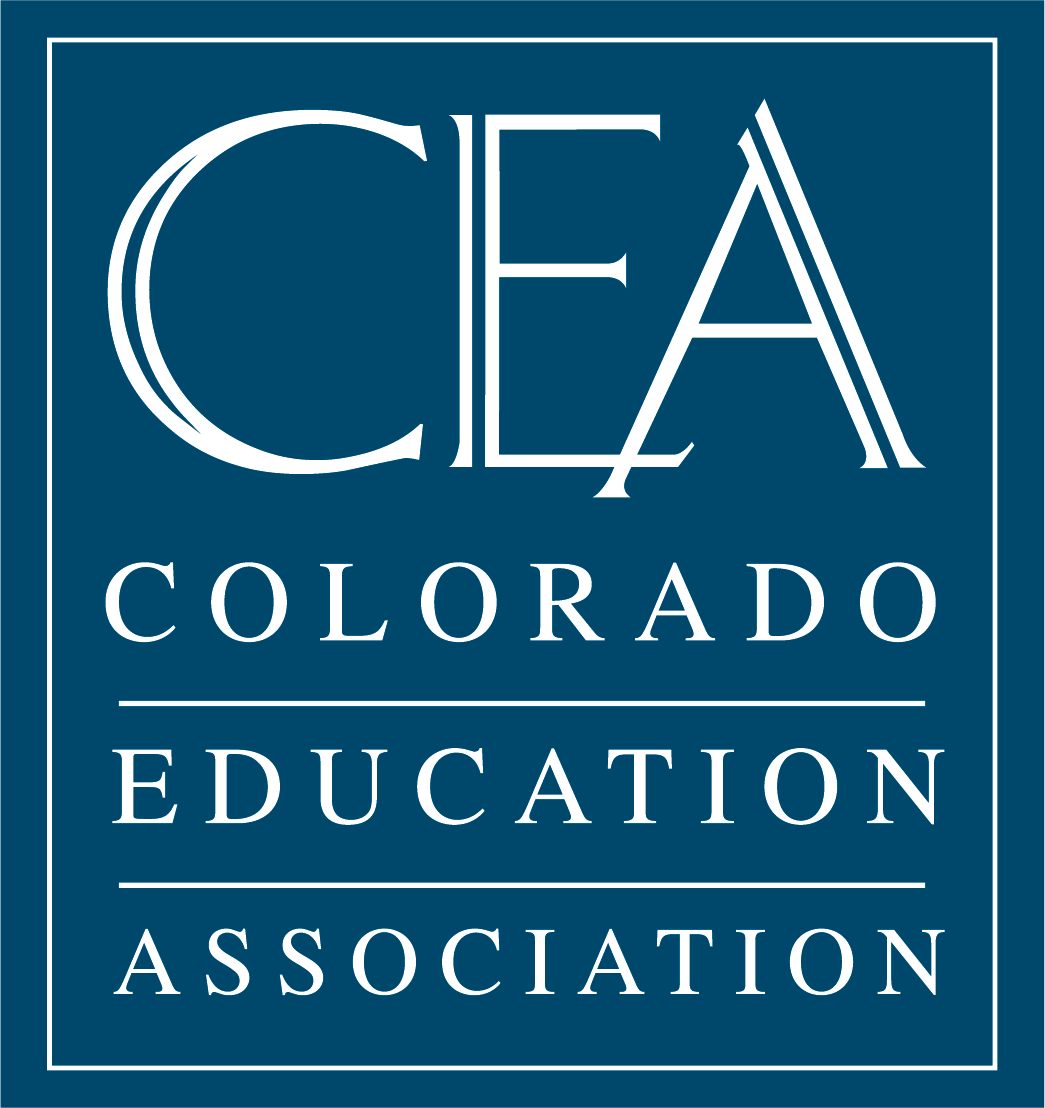Inadequate Funding
Persistent Low Pay, Low Per Pupil Funding
Money matters in public education – and Colorado is lacking.
Current research clearly shows that more funding means consistently better outcomes for students – higher test scores, higher graduation rates and sometimes higher wages as adults – as confirmed by this year’s Nobel Prize in Economics awarded to a team researching the positive relationship between funding and student achievement.
$9,752,970,086
As of the 2021-2022 school year, Colorado owes almost $10 BILLION to our public schools.
The budget stabilization – or BS Factor – for the 2019-2020 school year was $572 million and in 2021-2022 is $571 million. That means that this year, public schools are receiving half a billion dollars less than what they should have, given Amendment 23 requirements, inflation and student enrollment changes. At this point, schools have lost out on almost $10 billion dollars over the last 13 years, which means a senior in high school today has never experienced a fully-funded public education.
Per pupil funding is too low.
Colorado earned an embarrassing D+ in per pupil funding in Ed Week’s most recent analysis. As of 2019, Colorado was $2,158 below the national average, or more than 16% below the national average, for per pupil spending. This leads to deficient conditions – too-large class sizes, outdated textbooks and understaffing in schools.
Educator pay is also too low.
The National Education Association found that Colorado is ranked 48th for starting pay in 2021, making it difficult to attract talented new educators.This year, Business.org ranked Colorado 49th out of the 50 states and Washington, D.C. for competitive teacher pay, which is almost 6% less than other professions. This poses a serious challenge for educator retention.
#49
Colorado’s ranking out of all 50 states and Washington, DC for competitive teacher pay according to Business.org
While the median pay for Coloradans increased by 44% between 2012 and 2020, Colorado educators’ raise was a little less than half of that, an 18% bump, especially in a state where educators often cannot afford to live in the same districts they work.


